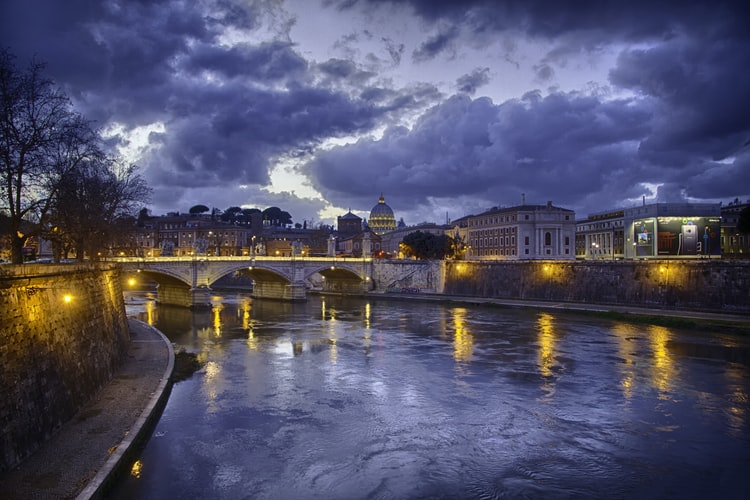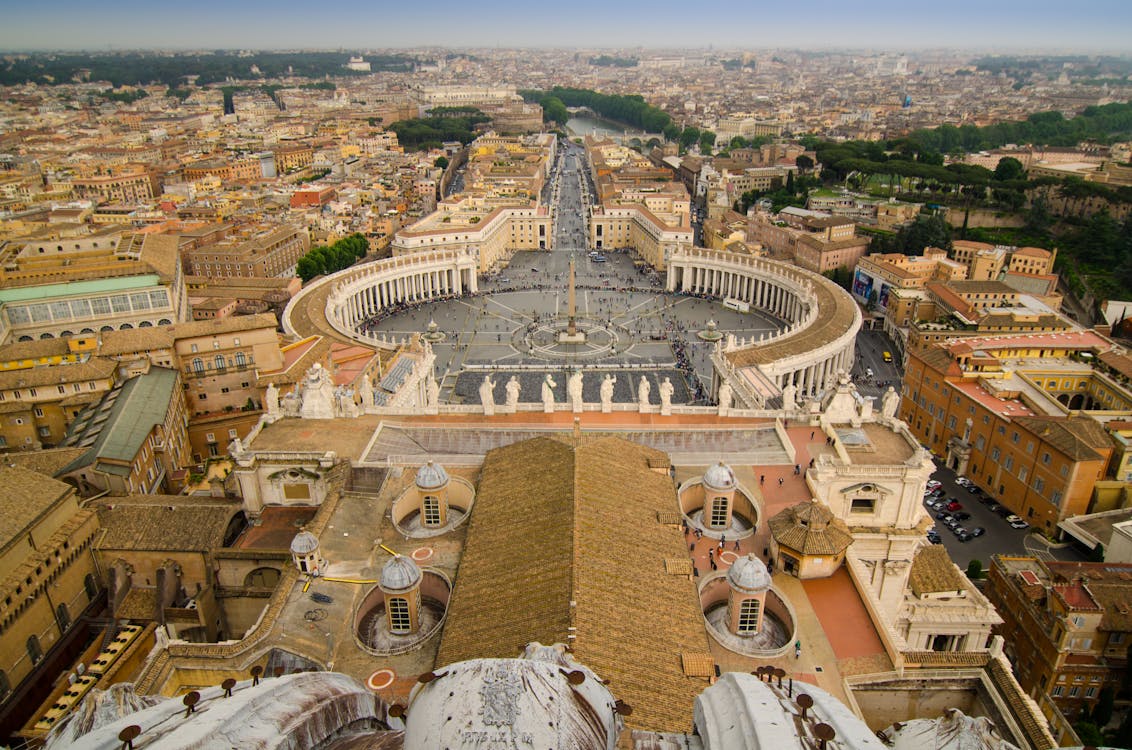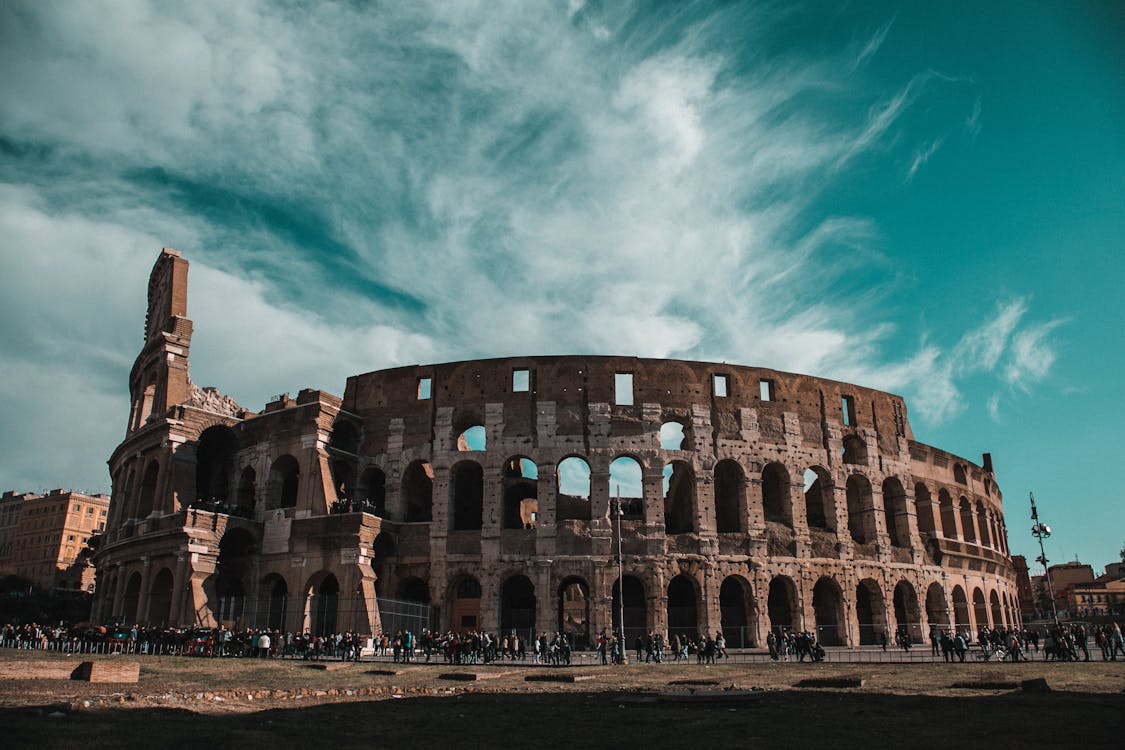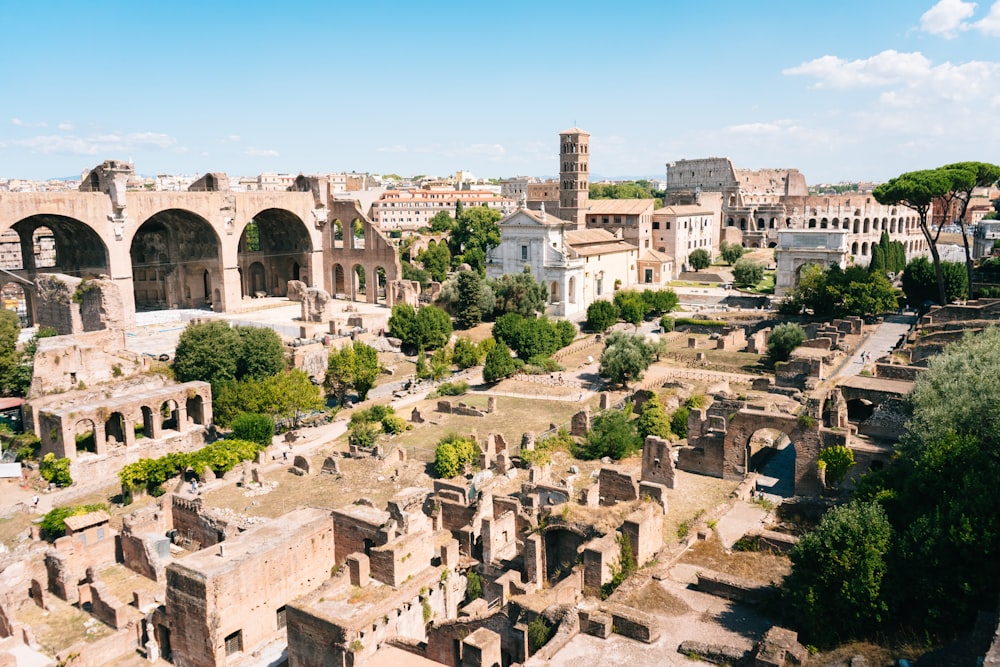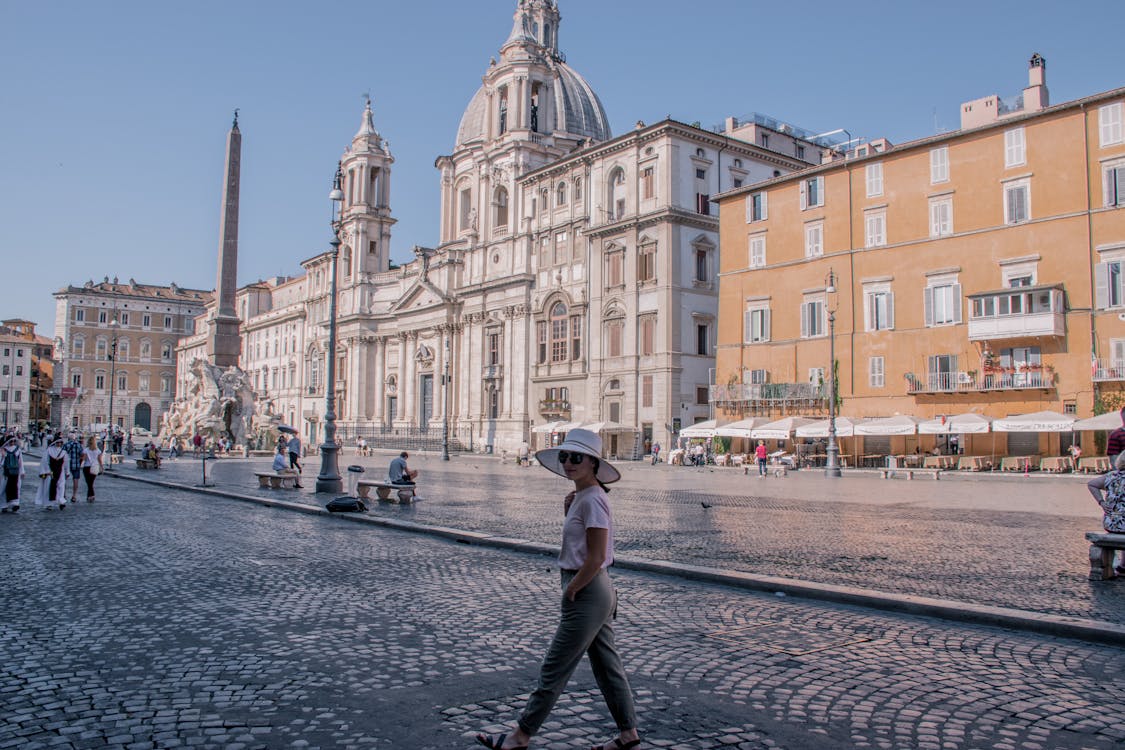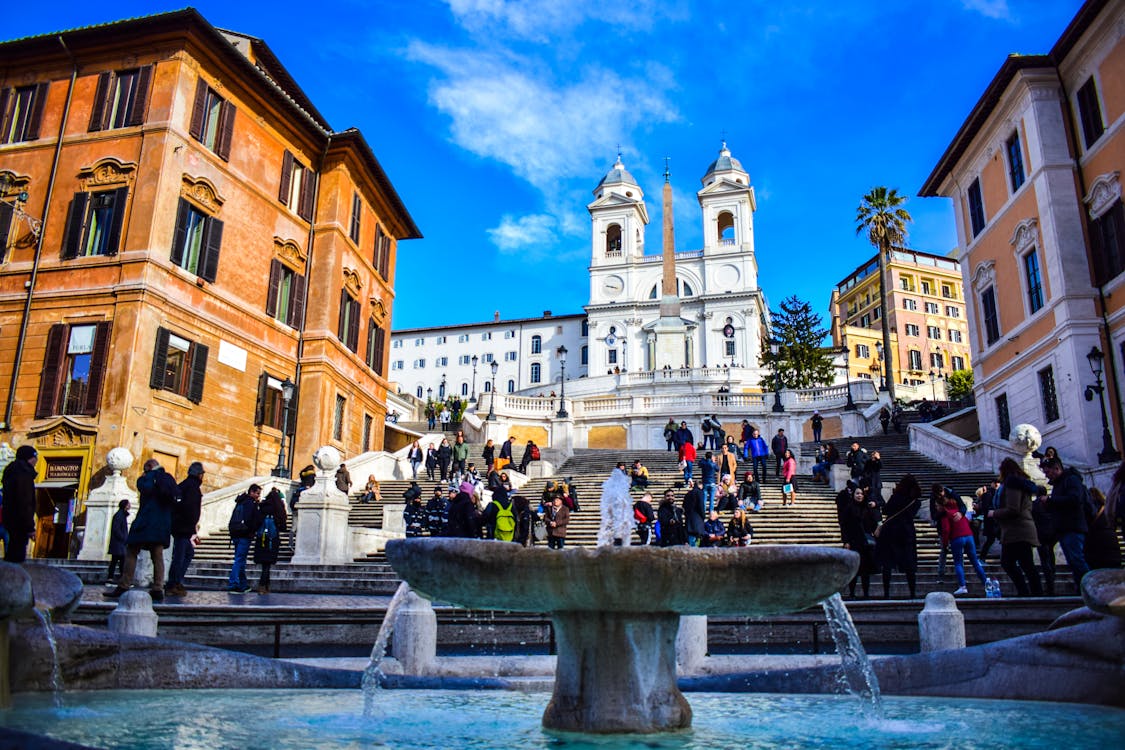Rome is drenched in the history and art that can be found on every street corner of the city. Every citizen is proud of the ancient supreme heritage of the city. The city offers a lot of homework for its tourist that anyone can easily be overwhelmed.
Rome was once the centre of the Roman Empire. The empire ruled the European Continent for ages. The Vatican City in Rome is the smallest country in the world. The architecture in Rome like Pantheon, Colleseum, and Trevi Fountain, make the city famous and popular. The following 7 Rome attractions will make your trip complete as these are some of the most important historical locations of the capital of Italy.
Table of Contents
Toggle1. Vatican City
The independent city-state is located within Rome, Italy. The city became independent with the Lateran Treaty in 1929 and it’s simply known as the Vatican. The Vatican is a distinct territory under “Exclusive dominion, full ownership and sovereign authority and jurisdiction” of the Holy See.
The city is the heart of the Catholic faith and since 1378, it has been the main papal residence. Every Wednesday or during the weekly Sunday blessings, you can see Pope Francis in the city. St Peter’s Square in the city is free to visit and more than 5 million visitors pass thru its ornate walls every year.
Since 1929, The Vatican has been the world’s smallest independent recognized state. The city covers 44 hectares with 800 residents. It also has the smallest army, the Swiss Guards, who are protecting the Pope since 1506. As the city is located within Rome, one of the most beautiful cities in the world itself, it makes the Vatican more glorious.
2. Colosseum
The Colosseum amphitheatre is located in the centre of the city of Rome, Italy. The Colosseum is the largest ancient amphitheatre ever built. The construction of the Colosseum was started during Vespasian’s reign, sometime between 70 and 72 CE. Officially, the structure was dedicated in 80 CE by Titus, the Roman emperor from 79 to 81. It was dedicated to a ceremony which had 100 days of games. By building the uppermost story of the Colosseum, Domitian completed the work in 82 CE. Colosseum is a freestanding structure of concrete and stone, unlike other amphitheatres that were built by digging into convenient hillsides for support.
Colosseum had the capacity for almost 50,000 spectators. The spectators were protected from the sun by a retractable awning. Supporting masts could be extended corbels built at the top of the Colosseum.
Nowadays, Colosseum is a major attraction of the city. Thousands of tourists visit the Colosseum each year and witness the beauty of one of the oldest architectures in the world. On the upper floor of the outer wall of the building, there is now a museum which is dedicated to Eros. Also, the part of the arena floor is re-floored.
3. Roman Forum
The Latin name of Roman Forum is Forum Romanum. Ruins of many important ancient government buildings surround the forum which is located in the centre of the city of Rome, Italy. Citizen of the city simply calls it Forum.
For centuries, the Forum was the daily life of the citizens of Rome. It was the venue for public speeches, gladiatorial matches, religions and triumphal processions, and elections. The forum is called the most celebrated meeting place. This sprawling ruin is located in the small valley between Capitoline Hills and Palatine. Roman Forum is a big attraction for tourists and nearly 4.5 million tourists visit the Forum every year.
It is said that Rome was founded by 2 brothers, Romulus and Remus in 753 B.C. To become the king Romulus killed his brother Remus and named the city after his name. According to the traditional story, Roman Forum’s credit goes to Romulus. He started an alliance with the rival, Titus Tatius to make the site a neutral meeting zone. At first, the site was a marketplace for day-to-day shopping. As it became a more functional place later, public affairs were held in the Forum.
4. Trevi Fountain
The fountain is located in Trevi, a district in Rome, Italy. The Trevi Fountain is designed by Italian architect Nicola Salvi. The height of the fountain is 26.3 meters and the width is 49.15 meters. Trevi fountain is one of the most famous fountains in the world. The Fountain spills 21123490.91 gallons of water every day.
Visitors visit to make a wish and capture the selfies with the beautiful fountain. The piazza surrounding the Trevi Fountain has a never-ending flow of tourists from morning hours to wee hours. Yummy restaurants, gelaterias, kitsch shops, and bars will keep you busy near the fountain.
Popular beliefs say that if you make a wish and toss a coin at the fountain, you will return to the eternal City of Rome. If you toss another coin, you will find your love and if you toss the third one, your marriage is assured. Don’t forget to make toss coins if you are in search of love.
The beauty of the Trevi Fountain has also attracted many movie cameras. You would have seen the fountain in the iconic movies like Julia Roberts Eat, Jean Negulesco’s Three Coins in a Fountain, Pray, Love, and Federico Fellini’s La Dolce Vita.
5. Pantheon
The Pantheon is a former Roman Temple. The Greek word “Pantheon” means “honour all gods”. The structure of the Pantheon was finished in 126-128 A.D. during the reign of Emperor Hadrian. Among all the monuments in Rome, Pantheon is the best preserved. The mystery about the temple is that how it survived when all the Roman monuments were shattered during the barbarian raids
In 609 AD, the Pantheon was turned into a church. The material used in building the monument is still unknown. It appears to be similar to modern-day concrete! The Pantheon is the only oldest complete building in the world that is still in use today. When the Pantheon was built exactly, is still a question.
A giant dome is the most fascinating part of the Pantheon that has its famous hole in the top. The hole is called the eye of the Pantheon. for 1300 years, Pantheon had the largest dome in the world and it still has the largest unsupported dome in the world.
With a lot of more history and being one of the oldest structures in the world, Pantheon attracts millions of tourists every year.
6. Piazza Navona
Piazza Navona was built in the first century AD. It is a public open space in Rome and is built on the site of the Stadium of Domitian. The ancient Romans used to go there to watch the games (Agones). It was first known as avone and over time its name was changed to Navone and then to Navona eventually.
Piazza Navona is the second most famous square in the city after the Piazza de Trevi. The buildings in the Piazza are the best example of Baroque architecture in Rome. It is the home to 3 beautiful fountains, Fontana del Moro, the Fontana dei Quattro Fiumi, and Fontana del Nettuno. In the evening, these three fountains are lit up and provides one fascinating view at night.
Standing elegantly behind the Fontana di Quattro Fiumi (The Four Rivers Fountain), Bernini’s imposing Church of Sant-Agnese in Agone is the most admired building by the tourists among all the beautiful buildings in the Piazza.
Palazzo Braschi, at the southern end of the Piazza, has a museum of Rome. It has 3 floors and on the ground floor, there are a pleasant cafe/bar and a courtyard.
7. Spanish Steps
The Spanish steps were built in 1723-1725 and it was financed by French diplomat Étienne Gueffier’s bequeathed. The purpose of building the steps was to link the Trinità dei Monti church with the Spanish Square below. The unique design of Spanish Steps attracts hobbyist photographers, artists, painters, poets, and social media influencers.
In June 2007, a drunken guy drove his Toyota down the Spanish Steps. Nobody was hurt but several steps of the attraction were chipped. Later the driver was arrested.
The monumental stairway has 135 steps and at the lower end, you can see the early baroque fountain, named Fontana Della Barcaccia. That is also called the “Fountain of the Old Boat”. It provides a pleasant view and a sight to click beautiful pictures.

